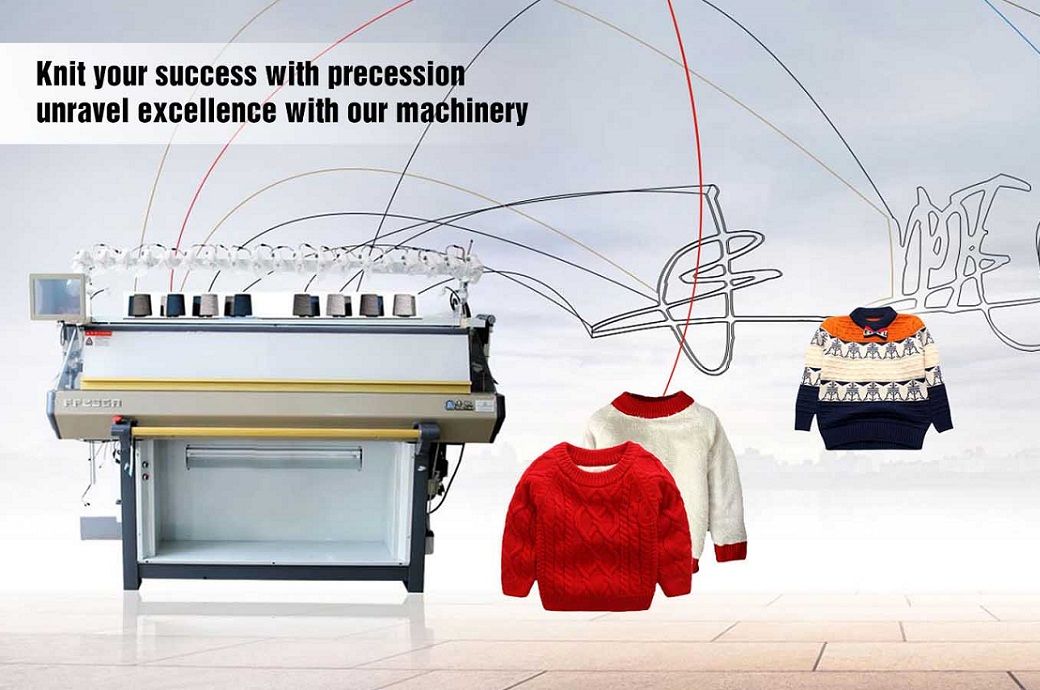
Introducing the whole garment machine
Speaking to Fibre2Fashion, Bhupesh Jain, director of Goldstone International, shared the company’s key exhibit at GTE 2024 – the whole garment machine. Jain explained that this technology enables the complete creation of knitted garments with minimal manpower. “You simply need to put the yarn in, and the entire garment comes out fully formed, similar to how socks are made,” he elaborated. This machine eliminates the need for stitching, reducing labour costs and production time, making it an attractive option for manufacturers aiming to increase efficiency.
A cost and time-saving revolution
When asked how these machines can help manufacturers reduce costs, Jain emphasised the reduction in yarn wastage and the overall time savings in garment production. The machines automate much of the process, ensuring consistency and reducing the need for manual intervention. “There is no wastage, and the machine operates with less manpower, helping manufacturers save both time and resources,” said Jain.
Positive market feedback
Jain also shared that the feedback from visitors and potential buyers at GTE 2024 has been overwhelmingly positive. “Everyone is appreciating our products, especially for their efficiency and cost-saving benefits,” he noted.
Adapting to industry trends
Goldstone International continues to lead the market in flat knitting machines, and according to Jain, the company has been the largest importer of footwear knitting machines since 2017. Demonstrating knitted shoe samples from various clients, Jain highlighted how the company’s technology is being used by major brands to produce both footwear and fine-gauge garments.
Automation to combat labour shortages
The integration of automation in garment manufacturing is essential, according to Jain, as it ensures consistency in production. “Machines provide the output you need with precision, whereas manual labour often introduces variations. With standardised processes, automation becomes crucial,” he explained. Jain further discussed the company’s commitment to offering training programmes in collaboration with educational institutions, helping students learn to operate these machines.
Challenges and the future of garment technology
Looking ahead, Jain identified one of the major challenges in the industry: the lack of skilled manpower to operate advanced machinery. To address this, Goldstone International provides subsidised machines to institutes to train future operators. “We are focused on empowering the next generation to understand and work with automated knitting technology,” said Jain.
Fibre2Fashion News Desk (RKS)